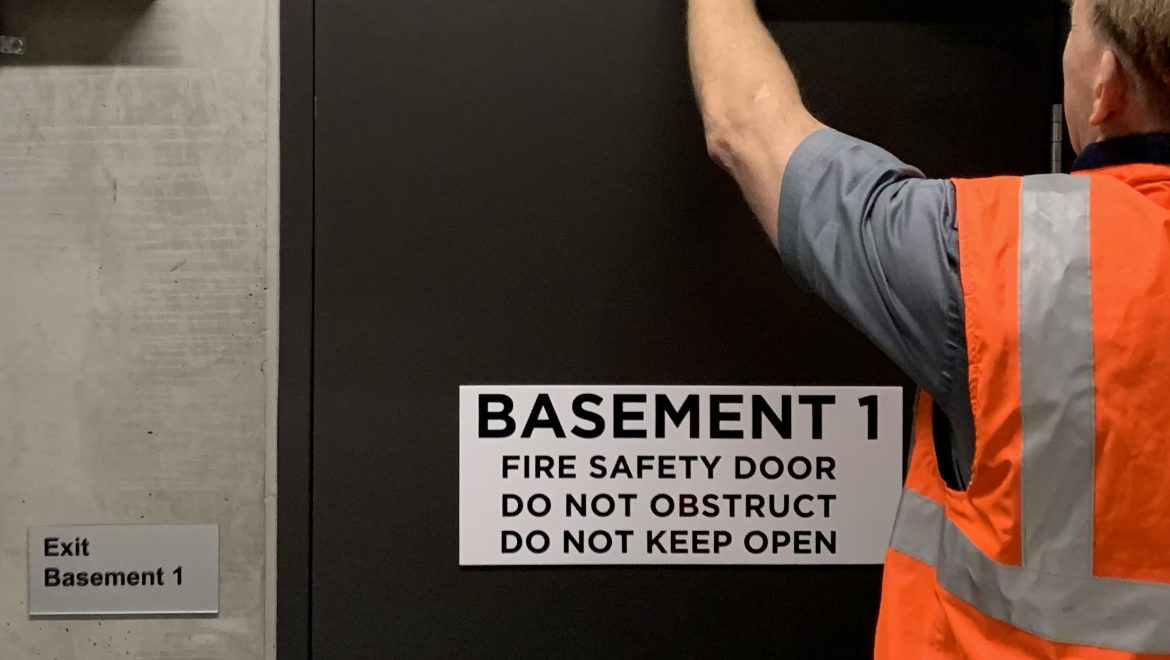Fire and smoke doors play a significant role in an emergency yet they are rarely given a second thought. In the case of an emergency they work in conjunction with other passive fire systems that help prevent the spread of smoke and fire and they can literally make the difference between life and death.
Fire doors are installed with careful consideration to the building design and layout. There are many aspects of a fire door which you may not know about. After all, how often do fire doors pop up in day-to-day conversation?
As a rule, as defined under AS1851 one of the main requirements for a fire door which is installed in a stairwell, path of egress or apartment, is that the door must be self-closing and latching. Here are a couple of reasons why:
1. They lead to smoke-free passageways
Fire doors can only protect life and property if they are completely closed and not left open, allowing time for people to safety escape through emergency exits.
Fire doors are fire-resistant for a certain amount of time as per the nominated fire resistance level (FRL). A fire door can have a FRL of 30 minutes, 1, 2 or 4 hours. Not only does this mean that they are intended to resist the high temperatures of fire, but they also resist the smoke and toxic gases caused by fires. For example, fire doors installed in an apartment entry actively slow the spread of fire and smoke from the apartment into common area passageways and stairwells. This allows enough time for occupants of the building to safely escape the danger of a fire.
If a fire door is left open, all those toxic fumes and fire would easily spread through to the emergency exit – rendering them pointless. That is why fire doors installed in many locations are required to have a functioning self-closing mechanism.
2. Self-latching is just as important as self-closing
There wouldn’t be much point if the self-closing mechanism of a fire door was working perfectly but it wasn’t fully latching shut. Of course, this would allow the spread of smoke and dangerous toxic gases. Fire doors also have smoke seals installed to minimise the gaps between the door leaf and door frame, when fully shut. Again, it would be pointless if the door was left ajar or had a gap when closed. Self-latching is very important.
Maintenance
Like other fire protection systems, fire doors are, by law, required to be regularly inspected and maintained. The frequency of your fire door inspections depends on what kind of fire door is installed and what is specified on the occupancy permit.
There’s more to fire door maintenance than just seeing if your door opens and shuts. Essential Safety Solutions conducts rigorous checks, making sure every aspect of your fire door is in order:
- Self-closing and latching mechanisms are functioning
- Gaps around the door leaf comply to2012, and AS 1905.1
- All associated hardware (including closers, handles, vision panels, locks and air grills) are functioning correctly
- Correct signage is displayed
Fire doors must be inspected and maintained by qualified technicians. Essential Safety Solutions are your local experts with the appropriate qualifications and experience to make sure that every part of your fire door works properly, so that you’re emergency-ready.

